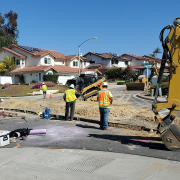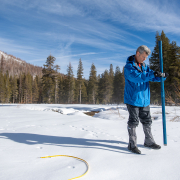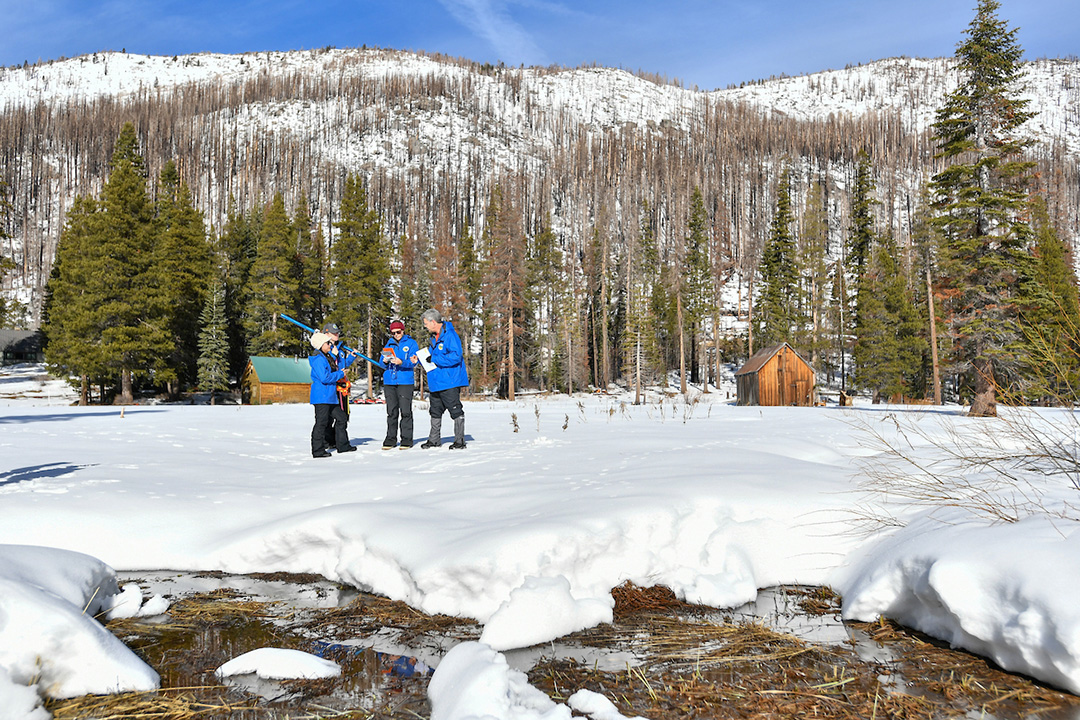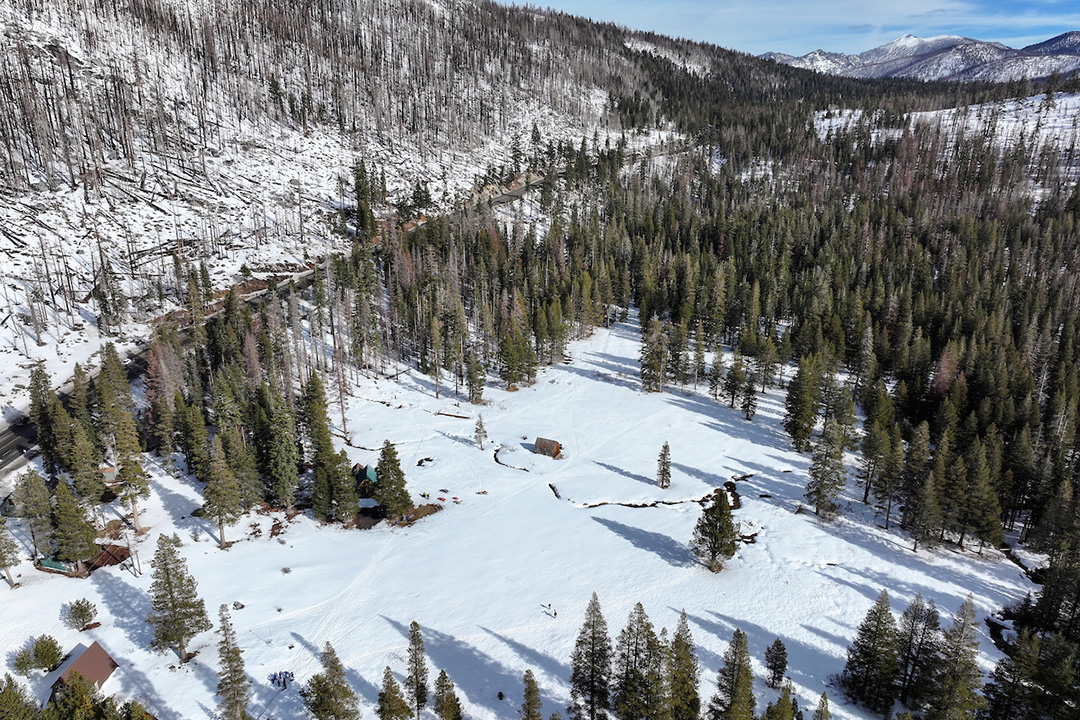New OMWD Recycled Water Pipelines Provide Savings
Construction is complete on new recycled water pipelines by the Olivenhain Municipal Water District (OMWD) in Carlsbad and Encinitas, resulting in significant annual drinking water savings.
The installation of over 5,600 feet of new pipelines will allow several HOA communities in the project area to convert their irrigation systems to recycled water, resulting in more than 12.5 million gallons of drinking water saved annually.
“Converting our irrigation system to recycled water was the right decision,” said Paul Heller, Summerhill HOA board president. “We’ll be less impacted by future droughts that could limit watering schedules, and recycled water is more affordable than drinking water, which will reduce costs for our residents.”
Grant Funding Makes Pipeline Project Cost-Effective For Ratepayers

OMWD secured more than $900,000 in grant funding to make the project cost-effective for ratepayers. Photo: Olivenhain Municipal Water District
OMWD secured more than $900,000 in grant funding to make the project cost-effective for ratepayers. Grants from the U.S. Bureau of Reclamation’s Title XVI Water Reclamation and Reuse Program and the California Department of Water Resources’ Integrated Regional Water Management Program contributed funds to offset project costs.
“Converting our commercial customers to recycled water for irrigation will help ease our dependence on imported water,” said OMWD board secretary Christy Guerin. “And by using grant funds to help with the costs involved, we’re minimizing the impacts to ratepayers.”
The project was completed on time and with no interruptions to customers’ water supplies.
Recycled water is locally produced, disinfected wastewater that is used for irrigation purposes. OMWD meets up to 15 percent of its overall demand with recycled water and continues to identify additional ways to make recycled water available to eligible customers.
Ensuring Reliable Water Supplies
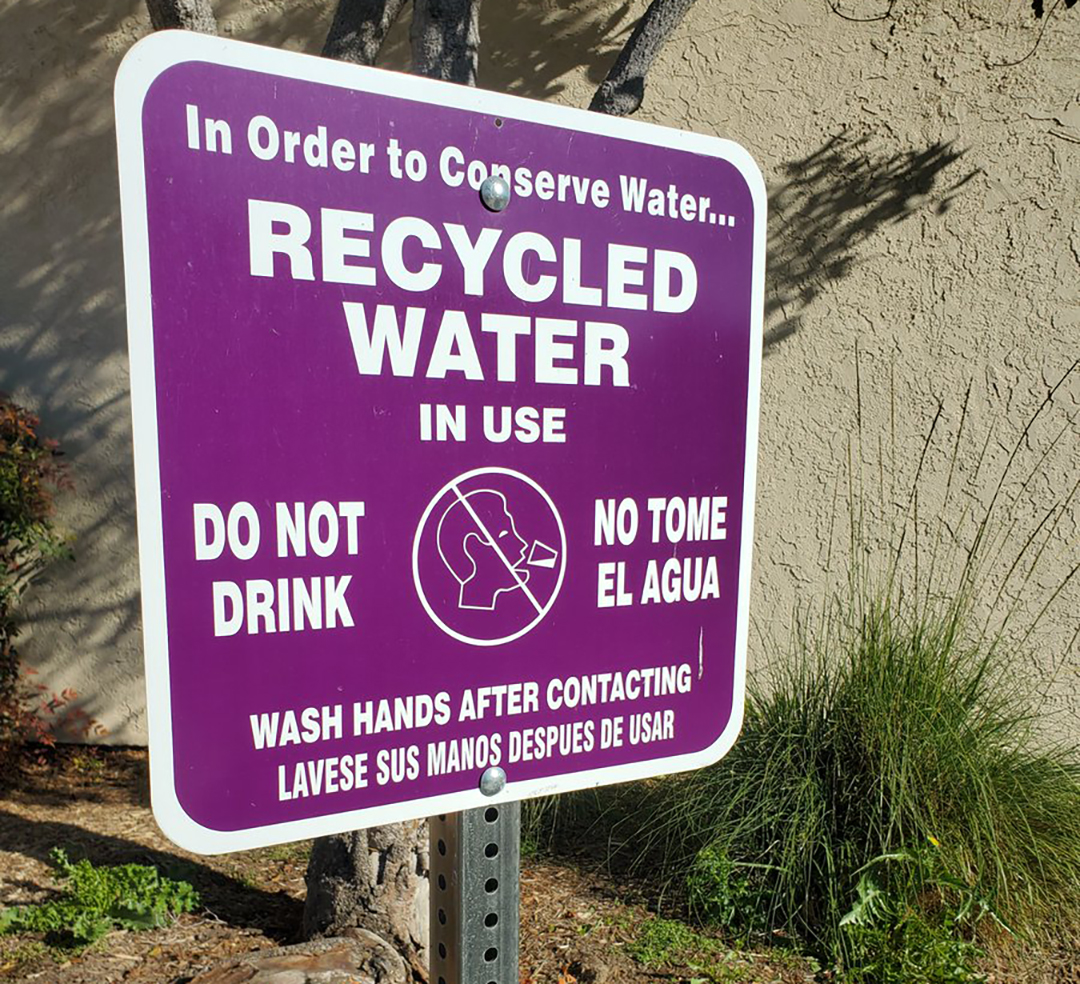
The completion of the project will result in more than 12.5 million gallons of drinking water saved annually. Photo: Olivenhain Municipal Water District
One hundred percent of OMWD’s drinking water supply is imported into the region. These sources are threatened by droughts and overuse.
Recycled water is locally produced, disinfected wastewater that is used for irrigation. Not only is it a drought-resilient supply, but recycled water also costs less than potable water. In addition, using recycled water reduces the amount of treated wastewater discharged into the ocean and reduces the dependence on imported water from distant sources.
The completion of the pipeline extensions will result in the conversion of 28 water meters from potable to recycled water, allowing large customers in Carlsbad and Encinitas, such as HOAs, to connect to OMWD’s recycled water distribution system.
OMWD Plays Leadership Role in Water Recycling Efforts
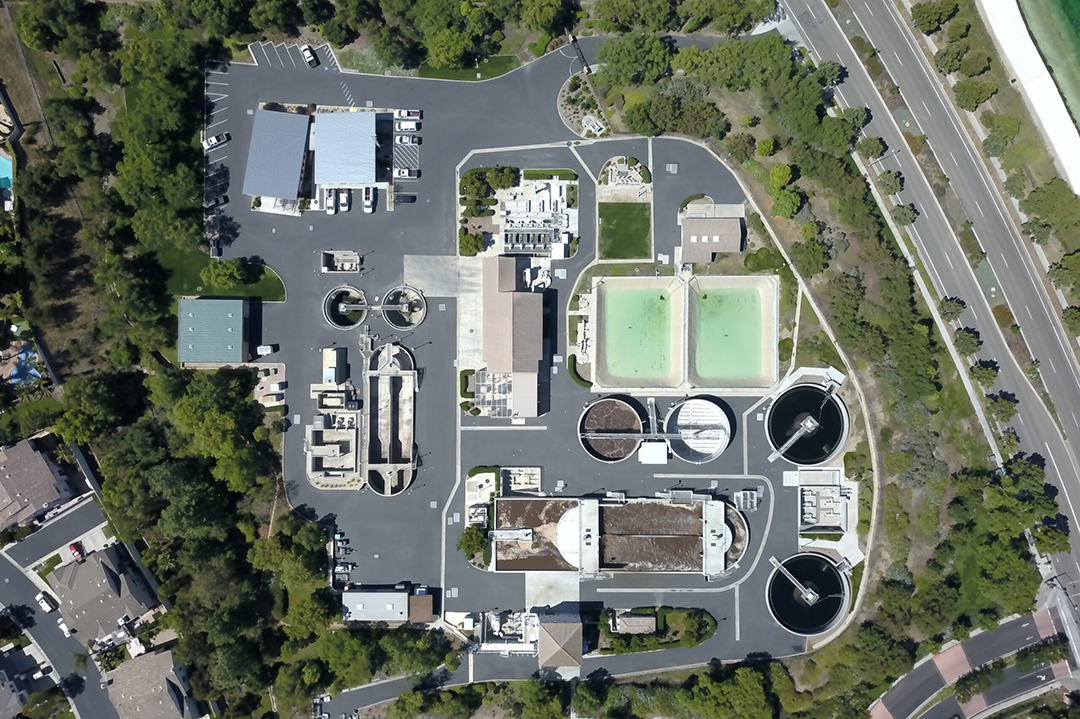
For the fifth time, the Olivenhain Municipal Water District’s 4S Ranch Water Reclamation Facility received statewide recognition from CWEA. Photo: Olivenhain Municipal Water District
OMWD produces up to two million gallons of recycled water every day at its 4S Ranch Water Reclamation Facility, which began operation in 2003. Additionally, OMWD is the lead agency of the North San Diego Water Reuse Coalition, a group of nine North County agencies that coordinate across jurisdictional boundaries to expand the reach of the recycled water.
As a result, OMWD now serves up to 15 percent of its overall demand from recycled water and continues to identify additional ways to make recycled water available to eligible customers.
Water recycling is the process of capturing and treating wastewater for non-domestic purposes such as irrigation and industrial processes. By 2027, the volume of recycled water produced in the U.S. is projected to increase 37% from 4.8 billion gallons per day to 6.6 billion gallons per day, according to a recent survey by Bluefield Research.

